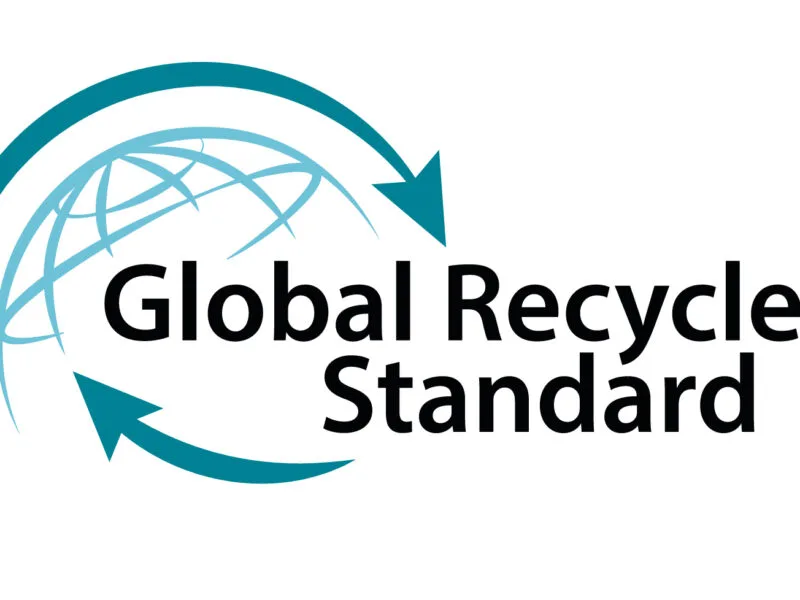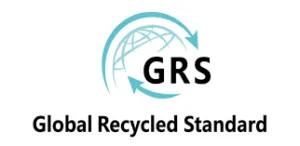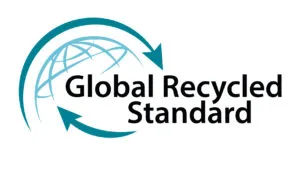
What is Recycled Fabric?
As the global fashion and textile industries continue to push for more sustainable and eco-friendly solutions, recycled fabrics have gained significant traction. These fabrics are produced by repurposing waste materials, including plastic bottles, discarded garments, and industrial textile waste, to create high-quality, durable, and environmentally responsible textiles.
Recycled fabrics not only reduce waste and environmental pollution but also help in preserving natural resources and lowering carbon emissions. Manufacturers such as fabrics-fty.com and textile-fty.com have embraced this trend, offering innovative recycled fabric solutions that cater to industries including fashion, sportswear, upholstery, and industrial textiles.
This article delves into what recycled fabric is, its benefits, the different types available, and its various applications in modern industries.
1. What is Recycled Fabric?
Recycled fabric refers to textiles made from post-consumer or post-industrial waste, which is reprocessed to create new yarns and fabrics. The recycling process varies depending on the material but generally involves collecting, sorting, cleaning, shredding, and re-spinning fibers into new fabric.
There are two primary types of recycled fabrics:
A. Mechanically Recycled Fabric
This method involves shredding and breaking down existing fabrics or plastic materials into fibers, which are then re-spun into yarn. Common examples include recycled polyester (rPET) from plastic bottles and mechanically recycled cotton from old garments.
B. Chemically Recycled Fabric
Chemical recycling involves breaking down materials at a molecular level and reforming them into new fibers. This technique is often used for recycled nylon and high-quality polyester, offering better durability and performance than mechanically recycled options.
2. Advantages of Recycled Fabric
A. Environmental Benefits
1.Reduces Textile Waste – By repurposing discarded materials, recycled fabrics help prevent landfills from overflowing with textile waste.
2.Lowers Water Consumption – Producing recycled fabric, especially recycled polyester and nylon, requires significantly less water than virgin fiber production.
3.Minimizes Energy Use – Recycled fabric production consumes less energy than creating virgin synthetic fibers, reducing overall carbon emissions.
4. Decreases Dependence on Raw Materials – By reusing existing textiles and plastics, the demand for petroleum-based synthetic fibers and fresh cotton crops is reduced.
5. Reduces Ocean and Land Pollution – Recycling plastic waste into textiles helps keep plastic bottles and synthetic waste out of oceans and natural habitats.
B. Performance and Quality Benefits
1.Comparable Strength and Durability – Modern recycling techniques ensure that fabrics maintain high tensile strength and durability, making them ideal for sportswear, outerwear, and industrial applications.
2.Soft and Comfortable – Recycled cotton and wool maintain the same natural softness as their virgin counterparts.
3. Breathable and Moisture-Wicking – Many recycled fabrics offer excellent breathability and moisture management, making them suitable for athletic and casual wear.
4.Customizable in Design and Texture – Advanced textile technology allows recycled fabrics to be produced in various textures, weights, and finishes, suitable for diverse applications.
5.Cost-Effective in Large-Scale Production – While initial setup costs for recycling facilities may be high, recycled textiles often become more economically viable over time.
3. Common Types of Recycled Fabrics
A. Recycled Polyester (rPET)
Derived from post-consumer plastic bottles, rPET is one of the most widely used sustainable textiles.
Characteristics:
•Strong and durable
•Lightweight and moisture-resistant
•Easy to dye and print
•Ideal for activewear, jackets, and upholstery
Applications:
•Sportswear and outdoor gear
•Home furnishings like curtains and cushion covers
•Automotive upholstery
B. Recycled Cotton
Made from pre-consumer (fabric scraps) and post-consumer (old garments) waste, recycled cotton retains many of the properties of virgin cotton.
Characteristics:
•Soft and breathable
•Lower water and pesticide use compared to virgin cotton
• Best used in blends with virgin cotton or synthetic fibers for enhanced durability
Applications:
•T-shirts, jeans, and casual wear
•Home textiles like towels and bedding
•Fashion accessories such as tote bags
C. Recycled Nylon
Often derived from discarded fishing nets, carpets, and fabric scraps, recycled nylon is a high-performance, eco-friendly alternative to virgin nylon.
Characteristics:
•Strong, elastic, and durable
•Resistant to water and chemicals
• Commonly used in high-end activewear and swimwear
Applications:
•Swimwear and activewear
•Performance outerwear
•Industrial ropes and safety gear
D. Recycled Wool
Recycled wool is obtained from old wool garments and textile scraps, which are sorted, cleaned, and spun into new fibers.
Characteristics:
•Warm and insulating
•Biodegradable and natural
•Often blended with other fibers for strength
Applications:
•Sweaters, coats, and scarves
•Blankets and upholstery
•High-end fashion and suits
4. Applications of Recycled Fabrics
A. Sustainable Fashion and Apparel
Brands are increasingly incorporating recycled fabrics into eco-friendly clothing lines, offering stylish garments with reduced environmental impact.
B. Sportswear and Outdoor Gear
Recycled polyester and nylon are ideal for moisture-wicking, durable, and weather-resistant sportswear. Many brands use rPET-based fabrics for high-performance outdoor jackets and gear.
C. Home Textiles and Upholstery
From recycled cotton bed sheets to rPET curtains and cushion covers, recycled textiles are making a significant impact in home décor and hospitality industries.
D. Automotive and Industrial Textiles
Car manufacturers are using recycled fabrics for seat covers and interior upholstery, reducing their carbon footprint. Industrial applications include eco-friendly carpets and safety gear.
E. Footwear and Accessories
Recycled materials are widely used in sustainable shoes, backpacks, and handbags, offering durability without compromising on environmental responsibility.
5. Challenges and Future Trends in Recycled Fabrics
A. Challenges in Recycled Fabric Production
1. Quality Control Issues – Ensuring recycled fibers maintain high durability and texture consistency can be challenging.
2.Limited Recycling Infrastructure – Many regions still lack efficient fabric recycling facilities, slowing down adoption rates.
3. Blended Fabrics Complexity – Separating fibers in multi-fiber blends (e.g., polyester-cotton) requires advanced recycling technology.
B. Future Trends in Recycled Textiles
1. Advanced Fiber Recycling Technologies – Innovations in chemical recycling and fiber separation will increase fabric quality and durability.
2. Greater Brand Commitments to Sustainability – More fashion brands will integrate recycled textiles into their core collections.
3. Circular Economy in Textiles – The future will see more closed-loop textile systems, where garments are continually recycled into new fabrics.
4. Integration with Smart Textiles – Recycled fabrics will merge with nanotechnology and smart fabric innovations to offer enhanced functionality.
Conclusion
Recycled fabrics represent a key solution to reducing textile waste and minimizing environmental impact. With increasing demand for sustainability, industries are adopting recycled polyester, cotton, wool, and nylon to create eco-friendly, high-performance fabrics.
Manufacturers like fabrics-fty.com and textile-fty.com are at the forefront of providing premium recycled textiles, ensuring both sustainability and quality in modern fashion and industrial applications.
#RecycledFabric #SustainableTextiles #EcoFriendlyFashion #rPET #RecycledPolyester #RecycledNylon #GreenTextiles #TextileInnovation #FashionSustainability #CircularEconomy



